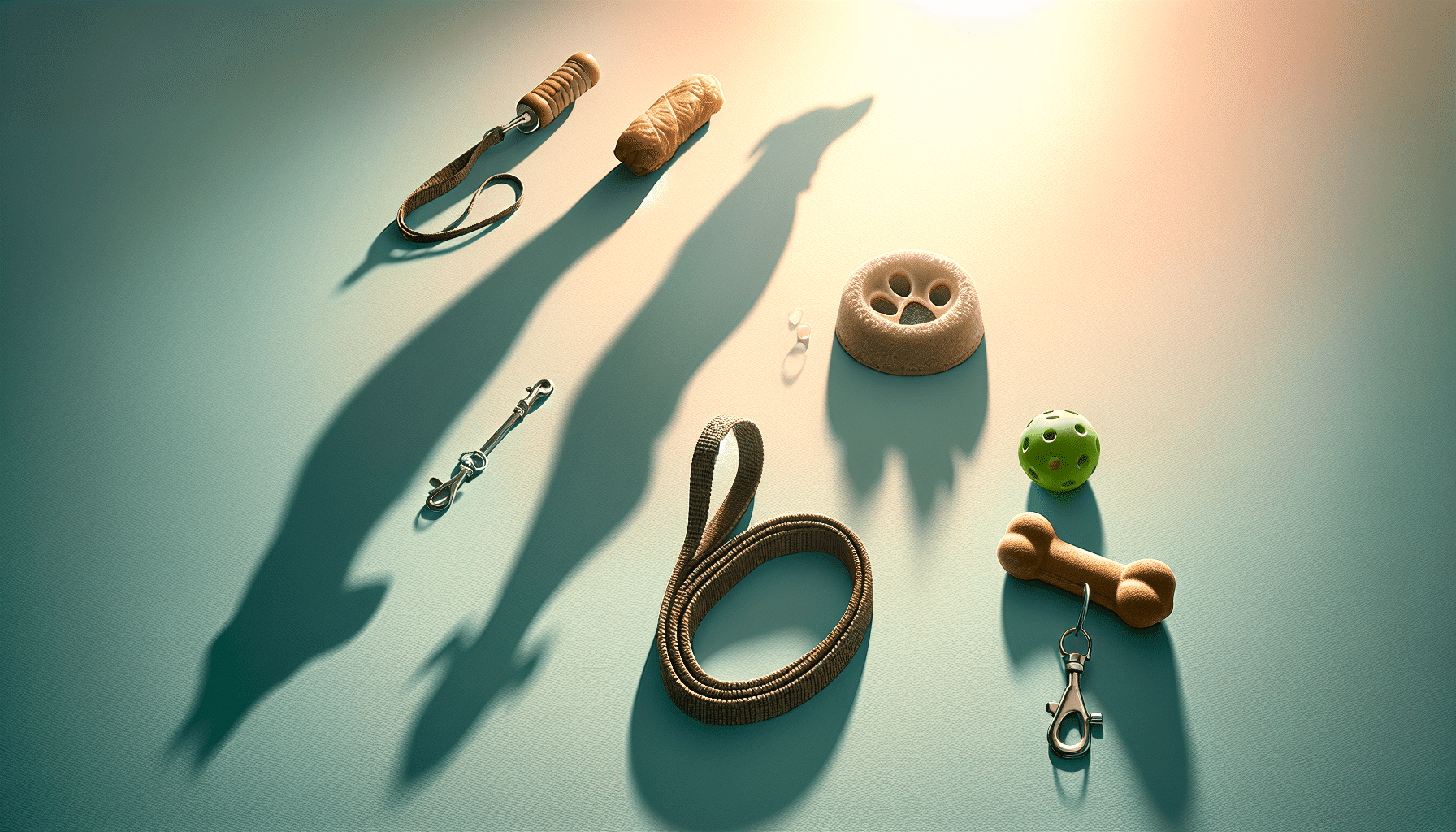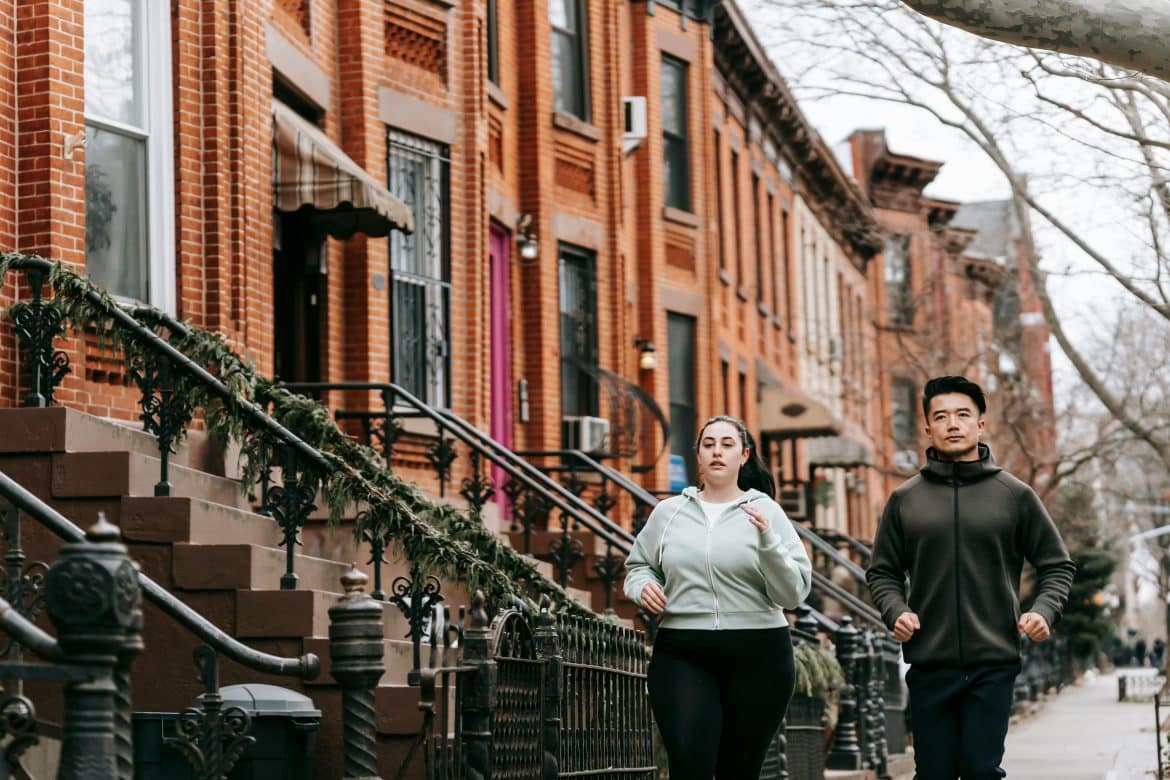In this article, you will discover effective techniques for training older dogs. As our furry companions age, it becomes crucial to adapt our training methods to suit their changing needs. Specifically, we will delve into the process of teaching your senior canine to drop objects. By implementing the techniques outlined here, you can help your beloved four-legged friend develop important obedience skills, ensuring a happy and harmonious relationship between you and your aging pet.
Understanding Senior Canine Training
As your furry friend continues to age, their needs and abilities change. This includes their training requirements. Understanding senior canine training is essential for ensuring the happiness, health, and well-being of your older dog. This comprehensive article will provide you with the knowledge and tools necessary to effectively train your senior canine companion.
Benefits of Training Older Dogs
Training is not just for puppies! Senior dogs can greatly benefit from training, both physically and mentally. Regular training helps to keep their minds sharp and engaged, preventing cognitive decline. It also provides them with mental stimulation and a sense of purpose. Additionally, training can help address any behavior issues your senior dog may be experiencing, promoting a harmonious relationship between you and your furry friend.
Challenges of Training Senior Canines
While training an older dog can be a rewarding experience, it does come with its fair share of challenges. Aging can be accompanied by physical limitations, such as decreased mobility or joint pain. Senior dogs may also have established behaviors that are deeply ingrained, making it more difficult to break bad habits. However, with the right approach and techniques, these challenges can be overcome.
Importance of Patience and Consistency
When it comes to training senior dogs, patience and consistency are key. Older dogs may take longer to learn new commands or behaviors compared to puppies. It is important to be patient and provide ample time for them to understand and respond to your instructions. Consistency in your training methods and expectations is equally crucial. Stick to a routine and reinforce positive behaviors consistently to ensure the best results.
Positive Reinforcement Training
Positive reinforcement is an effective and humane training method for senior dogs. It works by rewarding desired behaviors, promoting a positive association and motivation to repeat those behaviors. Several techniques fall under the umbrella of positive reinforcement training, including using treats and rewards, clicker training, and praise and affection.
Using Treats and Rewards
Treats and rewards are a popular and effective form of positive reinforcement. When your senior dog correctly performs a command or demonstrates a desired behavior, reward them with a small, tasty treat. Be sure to use treats that are appropriate for their age and dietary needs. The use of treats provides instant gratification and acts as an incentive for your furry friend to continue learning and demonstrating good behavior.
Clicker Training
Clicker training is a method that utilizes a small handheld device called a clicker. The clicker emits a distinct sound when pressed, signaling to your senior dog that they have performed the desired behavior correctly. This sound is then followed by a treat or reward, reinforcing the positive association. Clicker training helps to clearly communicate with your dog and can be particularly useful for teaching more complex commands or behaviors.
Praise and Affection
Never underestimate the power of praise and affection when training your senior dog. Dogs thrive on positive reinforcement and seek approval from their owners. Whenever your furry friend displays a desired behavior, be sure to lavish them with praise, petting, and affection. Verbal cues such as "good boy" or "good girl" can also help reinforce their understanding of what they have done well. Remember to keep the tone of your voice upbeat, friendly, and encouraging.
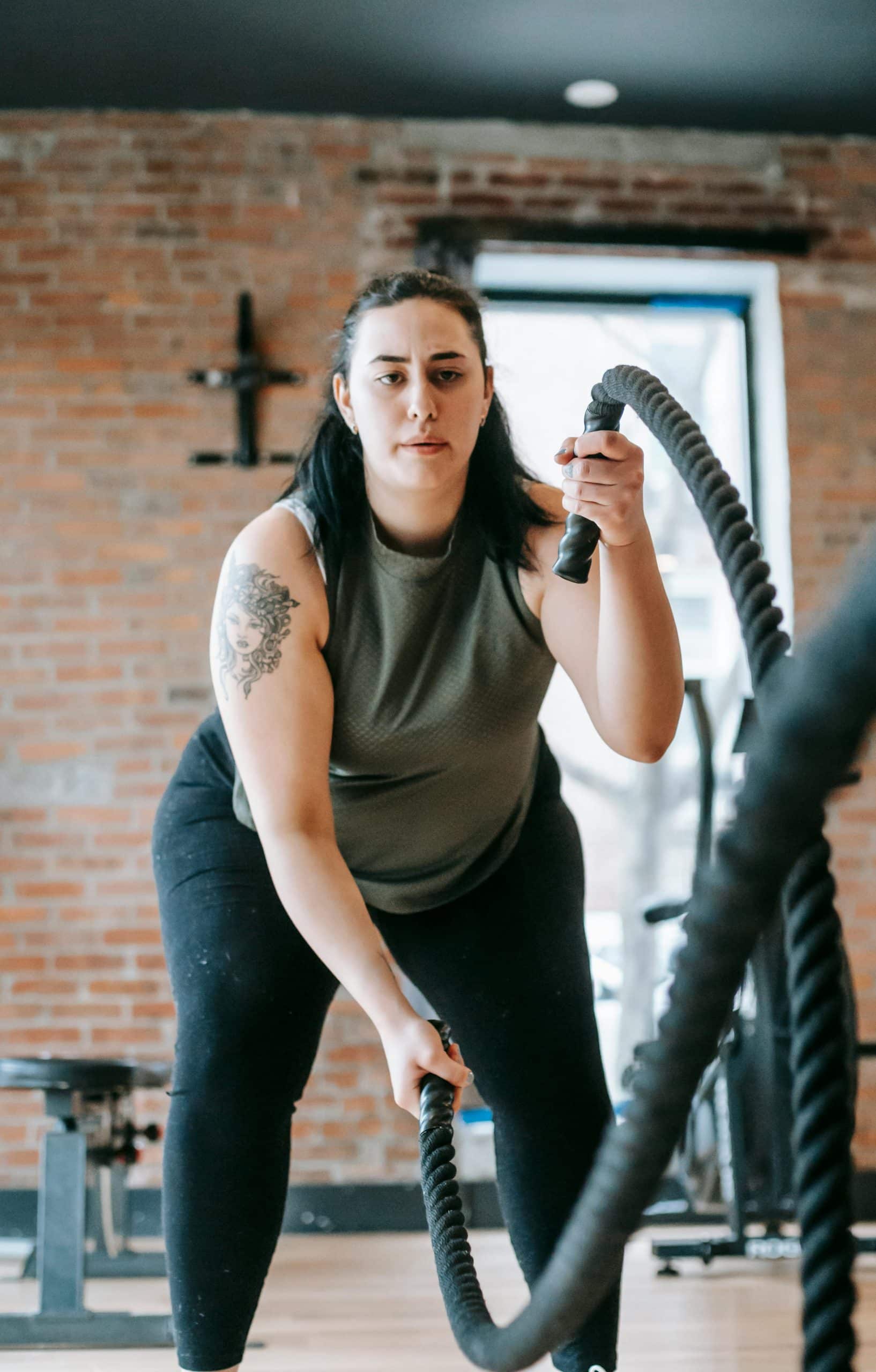
This image is property of images.pexels.com.
Adapting Training Methods for Senior Dogs
When training senior dogs, it is important to adapt your training methods to accommodate their physical limitations and changing needs. Consideration of their physical well-being, adjusting training session duration, and choosing low-impact exercises are essential for a successful training experience.
Consideration of Physical Limitations
As dogs age, they may experience physical limitations such as arthritis or reduced mobility. It is crucial to take these limitations into account when designing a training program for your senior dog. Avoid exercises or activities that put strain on their joints or exacerbate any pre-existing conditions. Opt for exercises and commands that are gentle and low-impact to ensure their comfort and safety.
Adjusting Training Sessions Duration
Unlike young puppies, senior dogs may not have the endurance to engage in long training sessions. It is essential to adapt the duration of your training sessions to suit your senior dog's energy levels and attention span. Shorter, more frequent sessions are often more effective than longer, tiring ones. This allows your senior dog to retain information better and remain engaged throughout the training process.
Choosing Low-Impact Exercises
When selecting exercises for your senior dog, opt for low-impact activities that are easier on their joints. Walking on softer surfaces, such as grass or sand, can reduce the impact on their joints compared to hard pavement. Swimming is another excellent low-impact exercise that provides full-body workout while being gentle on their joints. Always consult with your veterinarian to determine the best exercises suited for your senior dog's specific needs and limitations.
Teaching Basic Commands to Senior Dogs
Teaching basic commands to senior dogs helps maintain their mental sharpness and enhances their overall well-being. The following commands are fundamental and provide a solid foundation for training your senior dog:
Sit and Stay Commands
The "sit" and "stay" commands are basic but important commands for any dog to learn. Teaching your senior dog to sit and stay on command helps promote obedience and control. Start by holding a treat close to their nose, then slowly lift it upwards. As their head follows the treat, their bottom will naturally lower into a sitting position. Once they are sitting, give the command "sit" and reward them with a treat. Progress to teaching them the "stay" command by having them remain seated while you step back a few paces. Gradually increase the distance and duration of the stay command as your senior dog becomes more proficient.
Lie Down Command
The "lie down" command is useful for when you want your senior dog to settle down or relax. Begin with your dog in the sit position. Hold a treat near their nose, then slowly lower it to the ground between their paws. As your dog follows the treat, their body should naturally lower into a lying position. Once they are lying down, give the command "down" and reward them with a treat. Repeat this process, gradually phasing out the use of treats over time, but always providing praise and affection.
Recall Command
The recall command is crucial for ensuring your senior dog's safety, particularly when off-leash or in potentially dangerous situations. Start in a quiet, enclosed area. Call your dog's name in an excited and upbeat tone, then reward them with a treat or praise when they come to you. Gradually increase the distance between you and your dog, always rewarding them when they respond to the recall command. Make the recall experience positive and rewarding, reinforcing the importance of returning to you promptly.
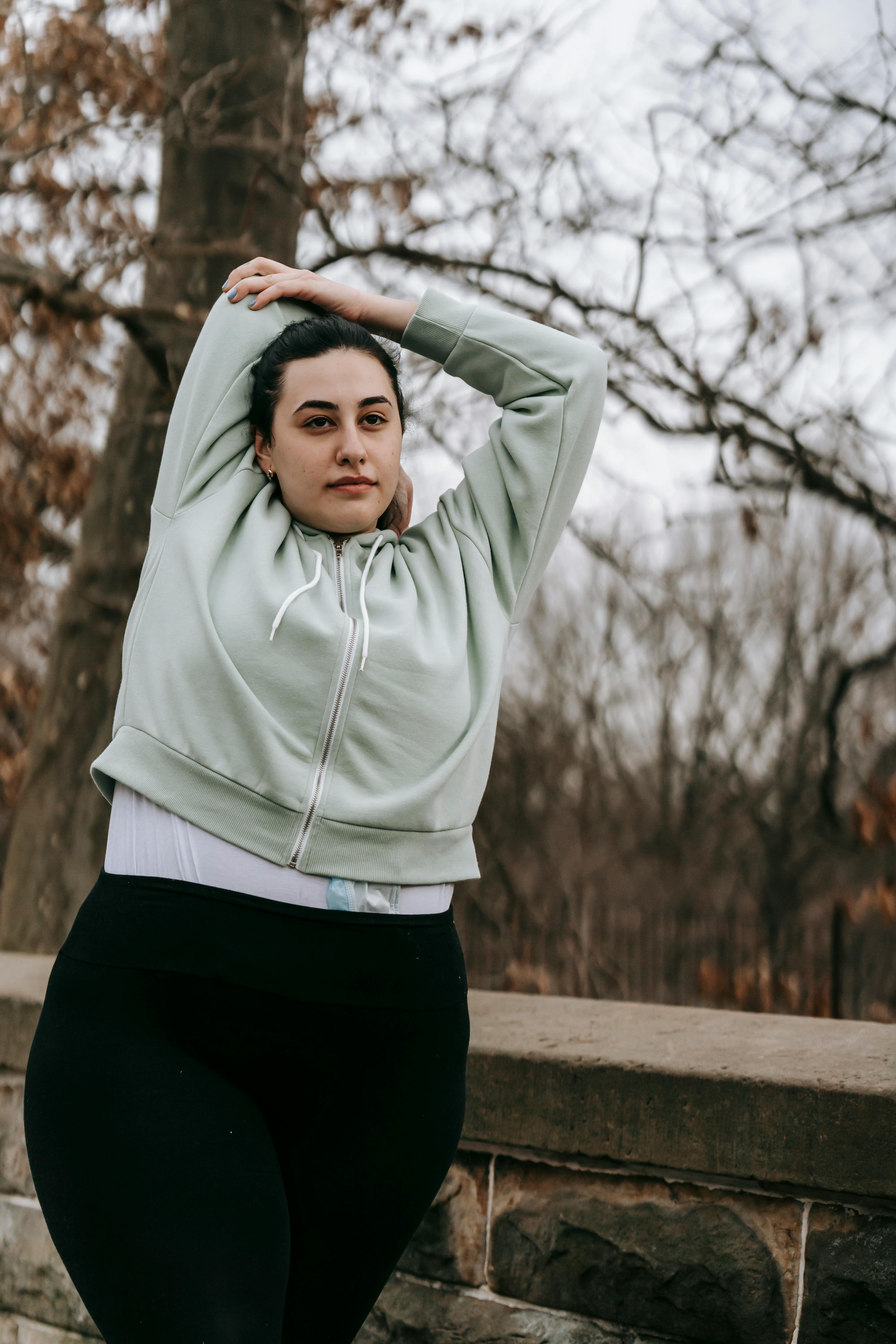
This image is property of images.pexels.com.
Addressing Behavior Issues in Senior Canines
Senior dogs may exhibit behavior issues that require specific attention and training. Some common behavior issues in senior canines include separation anxiety, aggression, and excessive barking. It is important to address these issues promptly and with appropriate techniques to ensure the well-being of your senior dog and the harmony of your household.
Separation Anxiety
Senior dogs, like their younger counterparts, can experience separation anxiety when left alone. This can lead to destructive behaviors or excessive vocalizations. Establishing a consistent routine, providing interactive toys or puzzle feeders, and gradually desensitizing your senior dog to your departure cues can help alleviate separation anxiety. Additionally, consult with a professional dog trainer or veterinarian behaviorist for more specialized advice and training techniques.
Aggression
Aggression in senior dogs can be a result of various factors, including fear, pain, or territorial instincts. Addressing aggression in senior canines requires a careful and gradual approach. Seek professional guidance from a certified dog behaviorist or trainer who specializes in aggression. They can help assess the underlying cause of the aggression and develop a tailored training plan to manage and modify the behavior.
Excessive Barking
Excessive barking can be a nuisance for both you and your neighbors. Senior dogs may bark excessively due to anxiety, boredom, or a variety of other triggers. Identifying the root cause of the excessive barking is crucial for addressing the issue effectively. Providing mental and physical stimulation, as well as teaching the "quiet" command, can help reduce excessive barking. Consult with a professional trainer for additional guidance and specialized techniques if needed.
Socialization and Enrichment
Socialization and enrichment are essential components of a senior dog's training and overall well-being. Introducing your older dog to new environments, socializing with other canines, and providing mental stimulation through puzzle toys are all vital aspects of their training journey.
Introducing Older Dogs to New Environments
As your senior dog ages, they may become more hesitant or anxious in new environments. It is important to introduce them gradually and patiently to new places, sights, and sounds. Start with calm and quiet environments, then gradually expose them to more stimulating environments. Provide positive reinforcement, rewards, and plenty of praise during the introduction process to build their confidence and comfort levels.
Socializing with Other Canines
Socialization with other dogs is crucial for senior canines to maintain their social skills and prevent isolation. Engage in controlled, supervised interactions with well-behaved dogs that are similar in size and temperament to your senior dog. Gradually increase the complexity and duration of the socialization sessions, always monitoring your dog's comfort level. Positive experiences with other dogs will help them remain calm and well-behaved in the presence of unfamiliar canines.
Mental Stimulation through Puzzle Toys
Mental stimulation is just as important as physical exercise for senior dogs. Engage your furry friend's mind with puzzle toys that encourage problem-solving and cognitive activity. These toys can range from treat-dispensing puzzles to interactive toys that require your senior dog to manipulate different parts to access rewards. Mental stimulation not only keeps your senior dog entertained but also helps maintain their cognitive function.
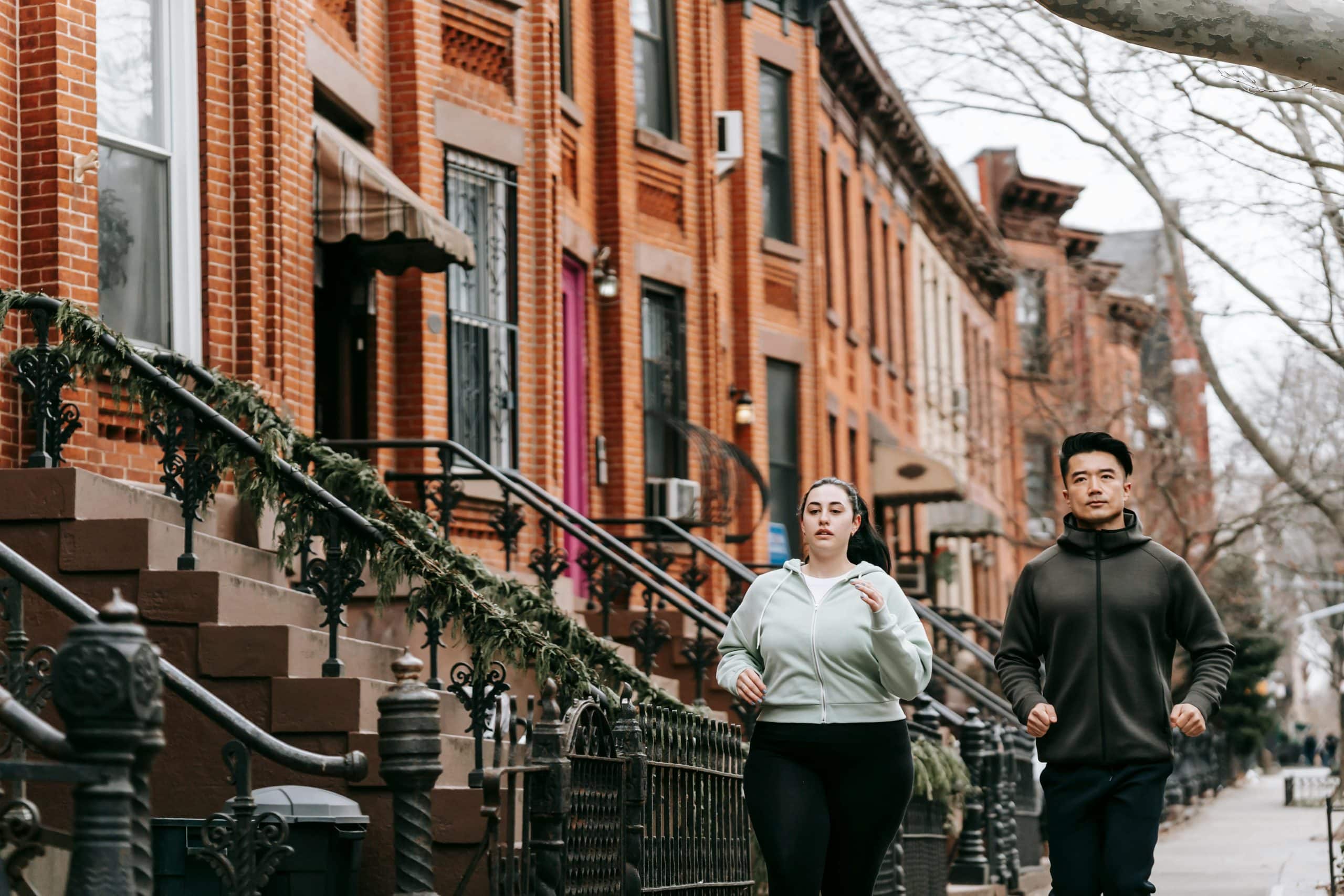
This image is property of images.pexels.com.
Special Considerations for Senior Canines
When training senior dogs, it is crucial to take their specific health considerations into account. Before beginning a training program, ensure your senior dog has received a thorough health assessment from a veterinarian. Adapting the training schedule to include appropriate rest periods and regular veterinary check-ups are also important factors to consider.
Health Assessments before Training
Senior dogs may have underlying health conditions that can impact their training abilities. Schedule a comprehensive veterinary check-up to evaluate your dog's overall health before embarking on a training program. This helps identify any potential issues, such as joint pain, hearing or vision loss, or cognitive dysfunction syndrome. With a better understanding of your senior dog's health, you can tailor the training program to suit their needs and ensure their safety.
Adapting Training Schedule to Rest Periods
Older dogs may require more rest and recovery time compared to younger dogs. Be mindful of their energy levels and overall stamina when designing their training schedule. Incorporate regular rest periods throughout the training sessions to prevent fatigue and stress. Allow your senior dog to relax and recharge before continuing with the training program. Tailoring the training program to their individual needs promotes a positive training experience and prevents overexertion.
Importance of Regular Veterinary Check-ups
Regular veterinary check-ups are essential for senior dogs to monitor their overall health and well-being. Ensure your senior dog receives regular wellness exams, vaccinations, and screenings for any age-related conditions. Your veterinarian can provide you with guidance and advice on any adjustments or modifications that may be necessary in your senior dog's training routine based on their health status.
Managing Age-Related Challenges
Senior dogs may experience age-related challenges that can impact their training capabilities. Understanding and addressing these challenges is crucial for providing a positive training experience for your furry friend.
Dealing with Cognitive Dysfunction Syndrome
Cognitive dysfunction syndrome, similar to Alzheimer's disease in humans, is a common age-related condition in senior dogs. It can manifest as disorientation, confusion, memory loss, or changes in behavior. When training dogs with cognitive dysfunction, it is important to be patient, use consistent cues, and break down commands into simple steps. Adjust the training environment to minimize distractions and provide plenty of positive reinforcement to help your senior dog succeed.
Training Strategies for Hearing or Vision Loss
Hearing or vision loss can impact a senior dog's ability to respond to verbal or visual cues. To accommodate these challenges, use hand signals in conjunction with verbal cues to reinforce commands. Provide ample lighting and minimize background noise during training sessions. Consider consulting a professional trainer experienced in training dogs with sensory impairments for additional guidance and techniques.
Modifying Training Techniques for Arthritis or Mobility Issues
Arthritis or mobility issues can make certain training exercises more challenging for senior dogs. Modify training techniques to accommodate their physical limitations. For example, if your senior dog has difficulty sitting, adapt the "sit" command to a raised platform or mat. Provide supportive surfaces or ramps to help them access obstacles or navigate agility courses. Always prioritize your senior dog's comfort and safety when designing and implementing training exercises.

Working with Professional Trainers for Seniors
Seeking professional assistance when training senior dogs can be highly beneficial. Professional trainers have the expertise and experience to tailor training programs to individual senior dogs, ensuring the best results.
Benefits of Hiring a Professional
Professional trainers specialize in a wide range of training techniques and can provide targeted solutions for specific training challenges. They have a deep understanding of canine behavior and psychology, helping them effectively train and modify behaviors in senior dogs. Professional trainers can also identify and address any underlying health issues or limitations that may impact your senior dog's training progress.
Finding a Qualified Canine Trainer
When searching for a qualified canine trainer for your senior dog, consider their certifications, experience, and areas of expertise. Look for trainers who are certified by reputable organizations, such as the Certification Council for Professional Dog Trainers (CCPDT). Seek recommendations from other dog owners or veterinary professionals. A good trainer should have a thorough understanding of senior canine training and be able to demonstrate patience, kindness, and respect towards your furry friend.
Tailoring Training Programs to Individual Senior Dogs
Professional trainers understand that senior dogs have unique training needs and will tailor their programs accordingly. They will assess your senior dog's individual capabilities, limitations, and temperament to develop a personalized training plan. This ensures that the training objectives are achievable and that your senior dog receives the optimal level of enrichment and stimulation.
Final Tips for Successful Senior Canine Training
Training your senior dog requires a confident and patient approach. Celebrate small victories and maintain a bond with your furry friend throughout the training process.
Being Patient and Understanding
Senior dogs may take longer to learn and adapt compared to their younger counterparts. Be patient and understanding during the training process. Celebrate small achievements and progress, even if they seem minor. Positive reinforcement and a supportive attitude go a long way in fostering a successful training experience for your senior dog.
Celebrating Small Victories
Acknowledge and celebrate your senior dog's successes, no matter how small they may seem. This encourages positive reinforcement and boosts their confidence. Senior dogs thrive on praise and attention from their owners, making it essential to highlight their achievements during the training journey.
Maintaining a Bond with Your Senior Dog
Training should not only be about achieving desired behaviors but also about fostering and strengthening the bond between you and your senior dog. Remember to incorporate playtime, physical affection, and quality bonding experiences into your training routine. This helps promote trust, love, and mutual respect, resulting in a rewarding and fulfilling relationship with your senior canine companion.
With patience, consistency, and a tailored approach, training your senior dog can be a gratifying and enjoyable experience. Embrace the unique challenges and rewards that come with training older dogs, and you'll both reap the benefits of a strong and loving bond.
